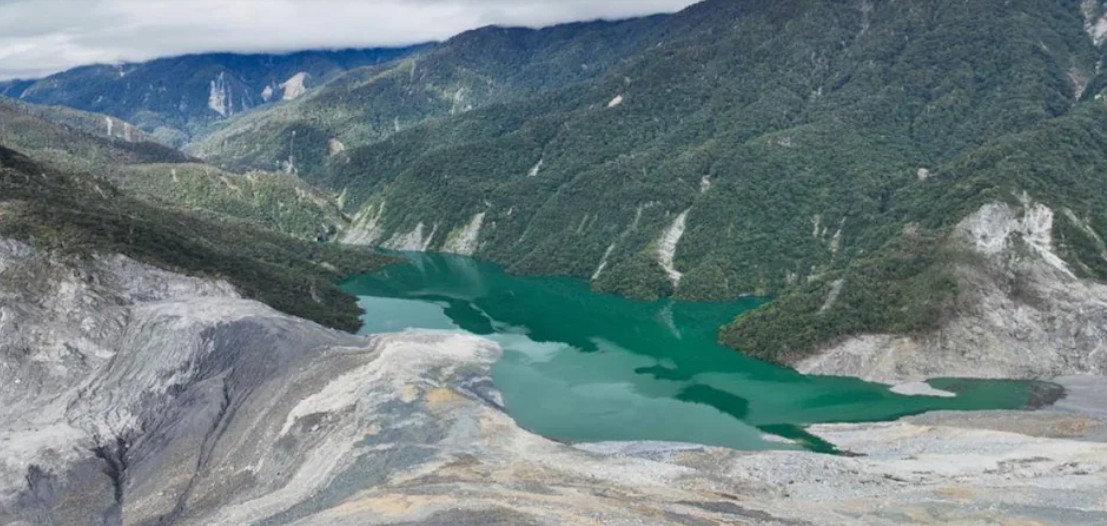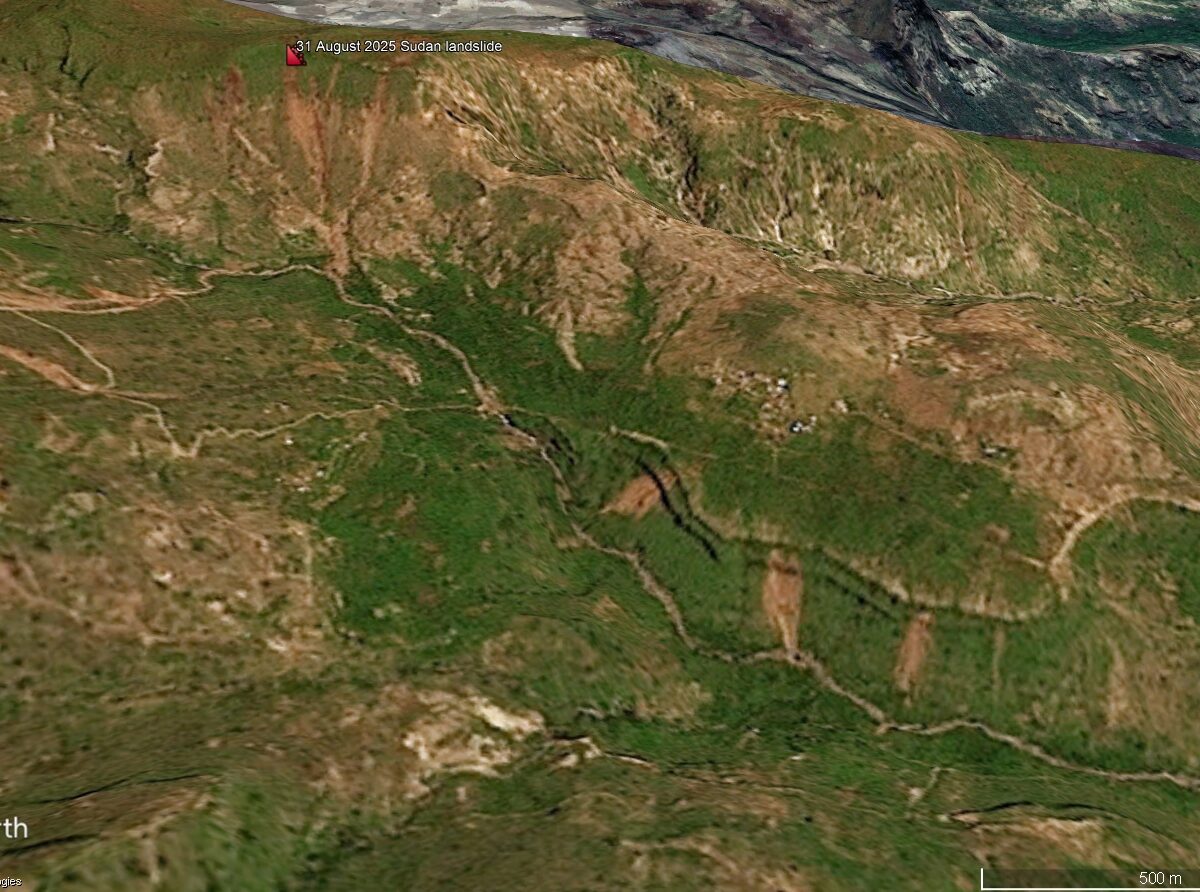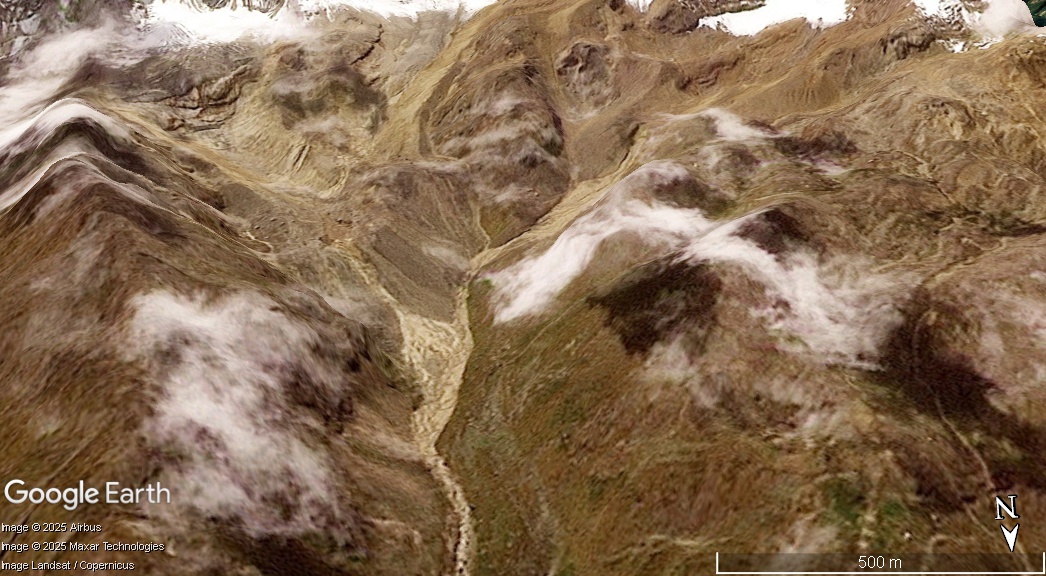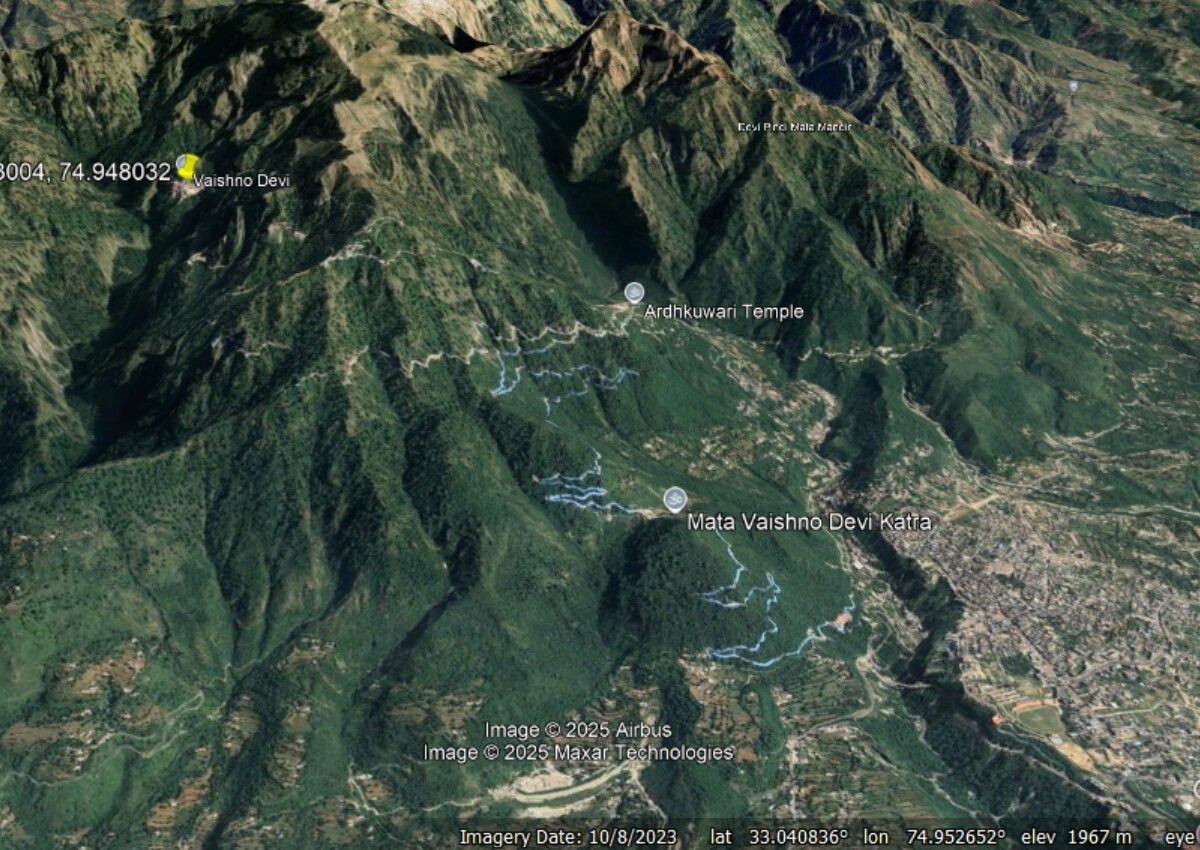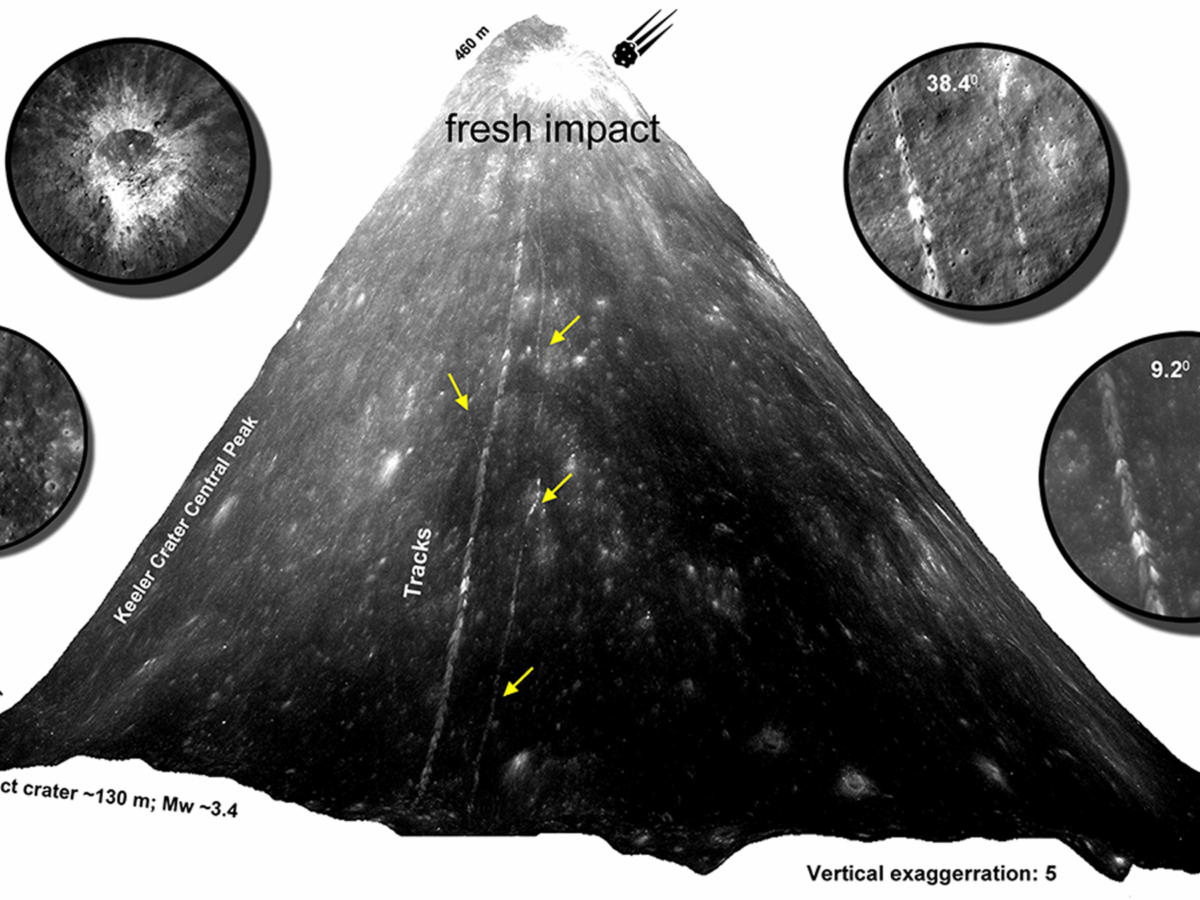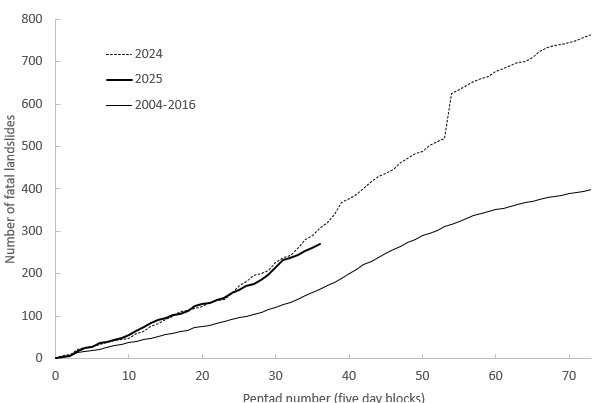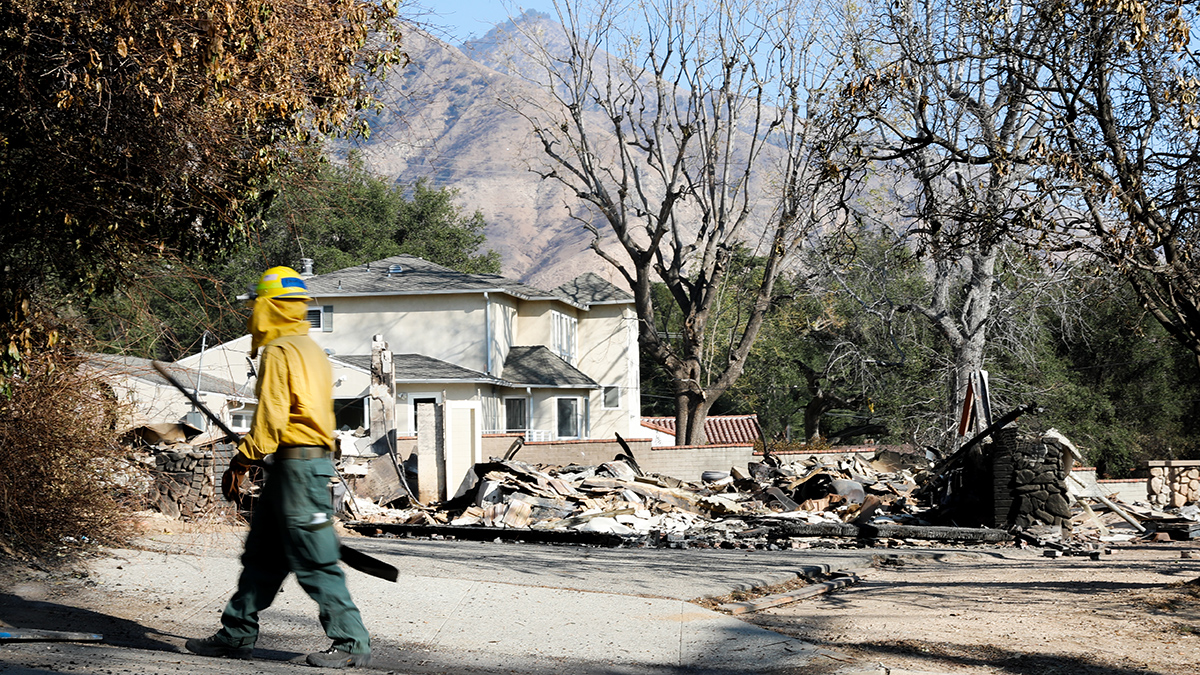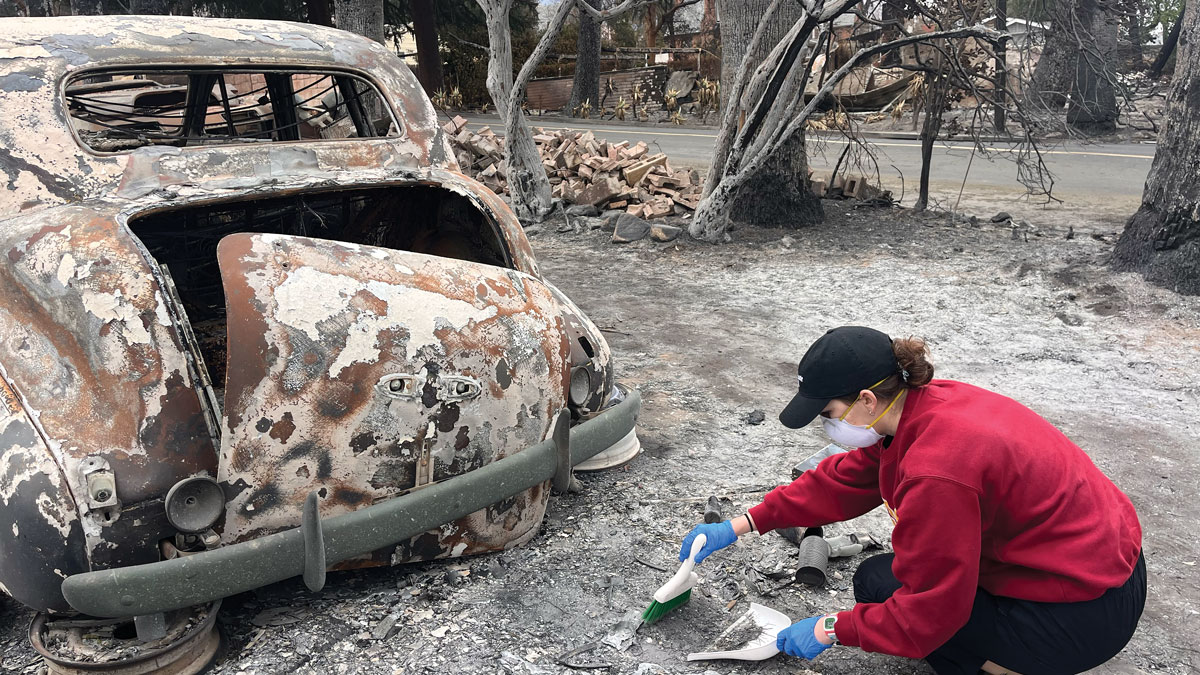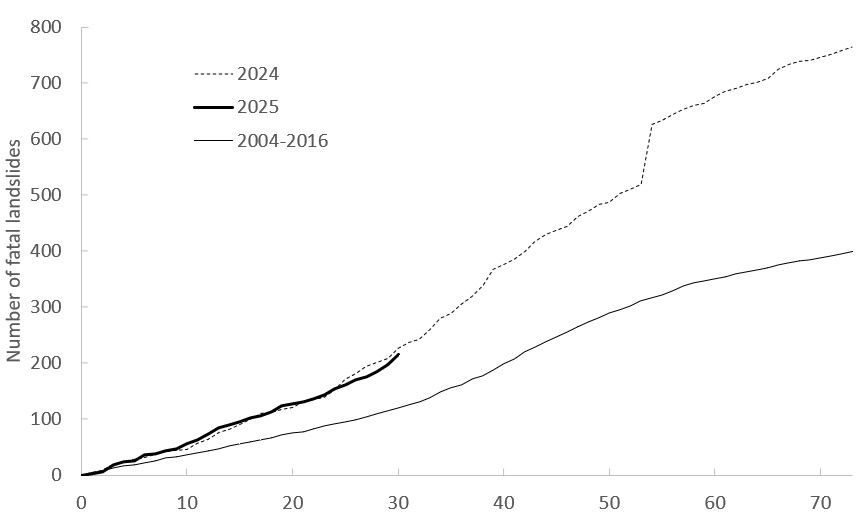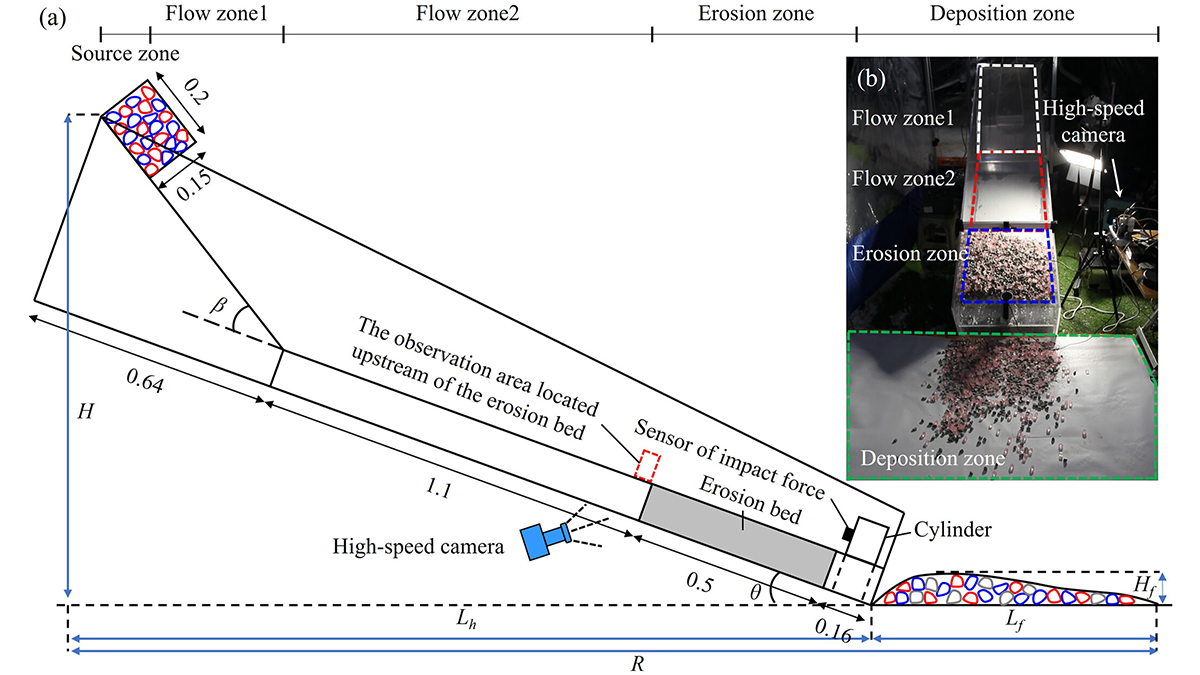Extremely heavy rainfall associated with super typhoon Ragasa could cause the Matai-an landslide dam to overtop in the next two days. In East Asia, super typhoon Ragasa is moving westwards between Taiwan and the Philippines. At the time of writing, Earth Cut TV has a live feed from the Batanes Islands, almost in the path […]
landslides
The strange case of the 31 August 2025 landslides in Sudan
Local reports suggested that over 1,500 people died in this event, and a high death toll was reported by some international agencies. However, examination of satellite imagery casts significant doubt on this interpretation. It has been widely reported that on 31 August 2025, a devastating landslide occurred at Tarasin (there are various spellings of this […]
The cause of the 5 August 2025 Dharali disaster in India
Planet satellite imagery has started to reveal the events that killed 70 people at in northern India. It clearly indicates that intense rainfall triggered landslides that transitioned into channelised debris flows. On 5 August 2025, a series of terrifying landslides struck Dharali in Uttarkashi, Uttarakhand, northern India. I blogged about this at the time – the Wikipedia […]
The 26 August 2025 landslide on the Vaishno Devi pilgrimage route in India
On 26 August 2025, a landslide triggered by extraordinary rainfall killed at least 34 people and injured another 20 individuals. On 26 August 2025, extremely intense late monsoon rainfall struck parts of Jammu and Kashmir in northern India, triggering extensive flooding and landslides. Unfortunately, a significant landslide occurred on the route to the Vaishno Devi […]
Scientists Track Down Fresh Boulder Falls on the Moon
By poring over thousands of satellite images, researchers geolocated 245 fresh boulder tracks, revealing signs of seismic activity or impact events within the last half-million years.
Fatal landslides in June 2025
In June 2025, I recorded 51 fatal landslides worldwide, resulting in 479 fatalities. The number of fatal landslides is significantly above the long term mean. Yesterday, I provided an update on fatal landslides that occurred in May 2025. This post is a follow-up, providing the data for June. As always, allow me to remind you […]
When Disaster Science Strikes Close to Home
How have scientists across Los Angeles used their skills to help their communities recover from the 2025 fires?
Burning Urban and Wild Land Alike
When more densely populated Altadena and Pacific Palisades burned along with surrounding wildlands, hazards for residents didn’t stop when the fires were contained.
Fatal landslides in May 2025
In May 2025, I recorded 66 fatal landslides worldwide, resulting in 313 fatalities. The number of fatal landslides is significantly above the long term mean. Somewhat later than planned, resulting from other workload challenges, this is my latest update on fatal landslides in 2025, covering the month of May. I hope to be able to […]
Rock-Ice Avalanche Dynamics: What it Erodes Can Affect How Far it Goes
Using small-scale physical experiments, the mobility of rock-ice avalanches is linked to variability in the earth materials that are encountered along the flow runout path.

